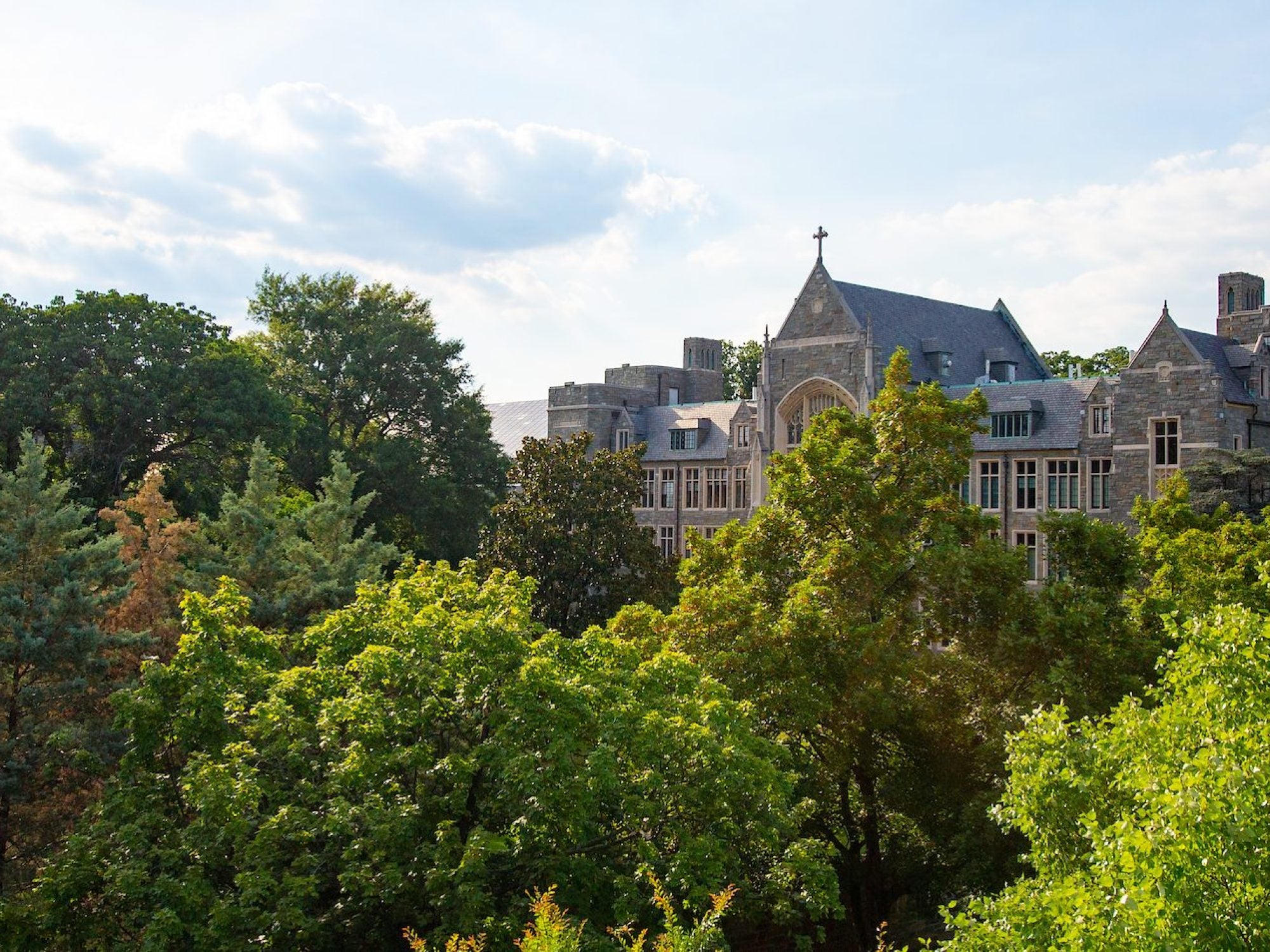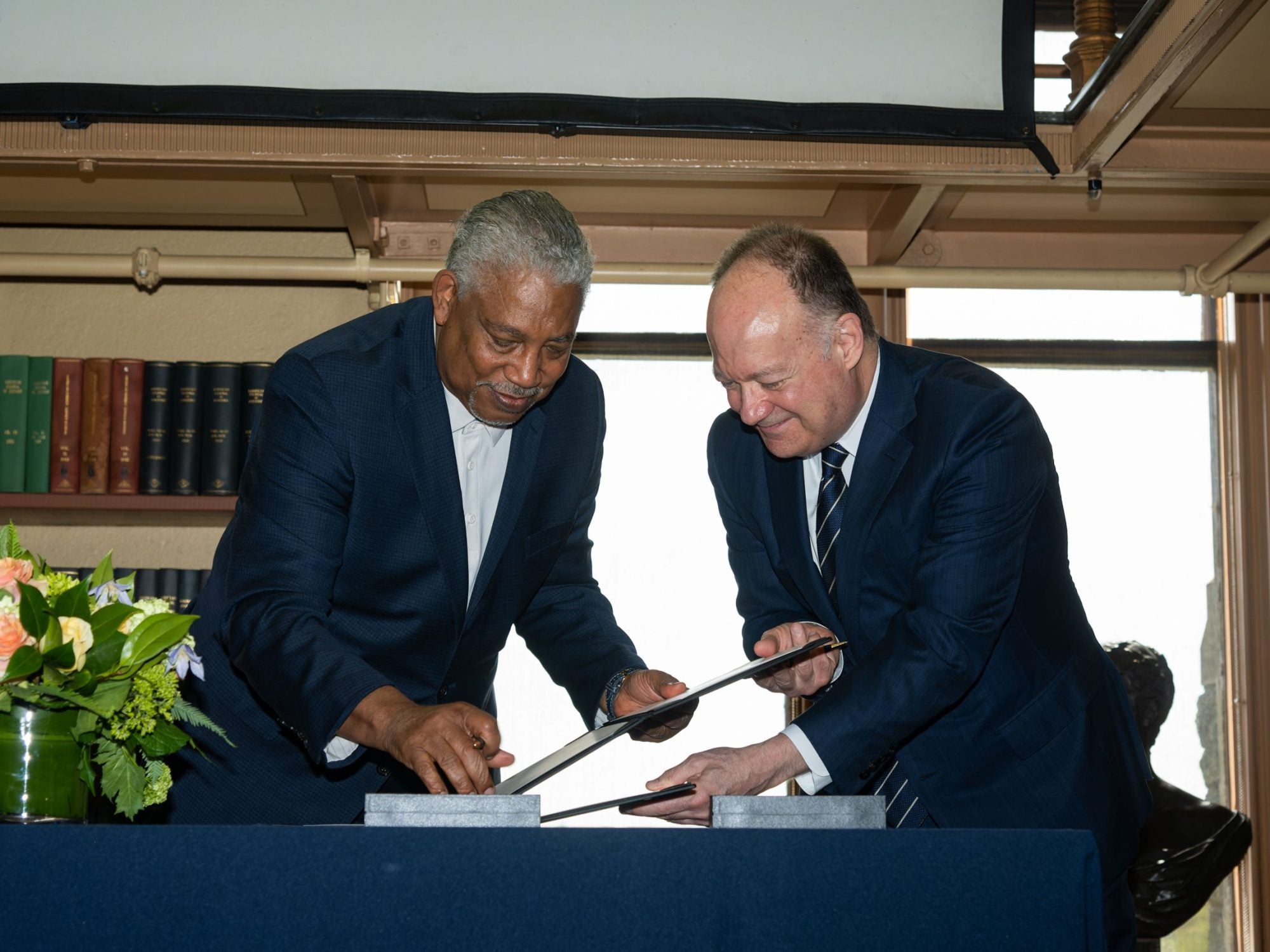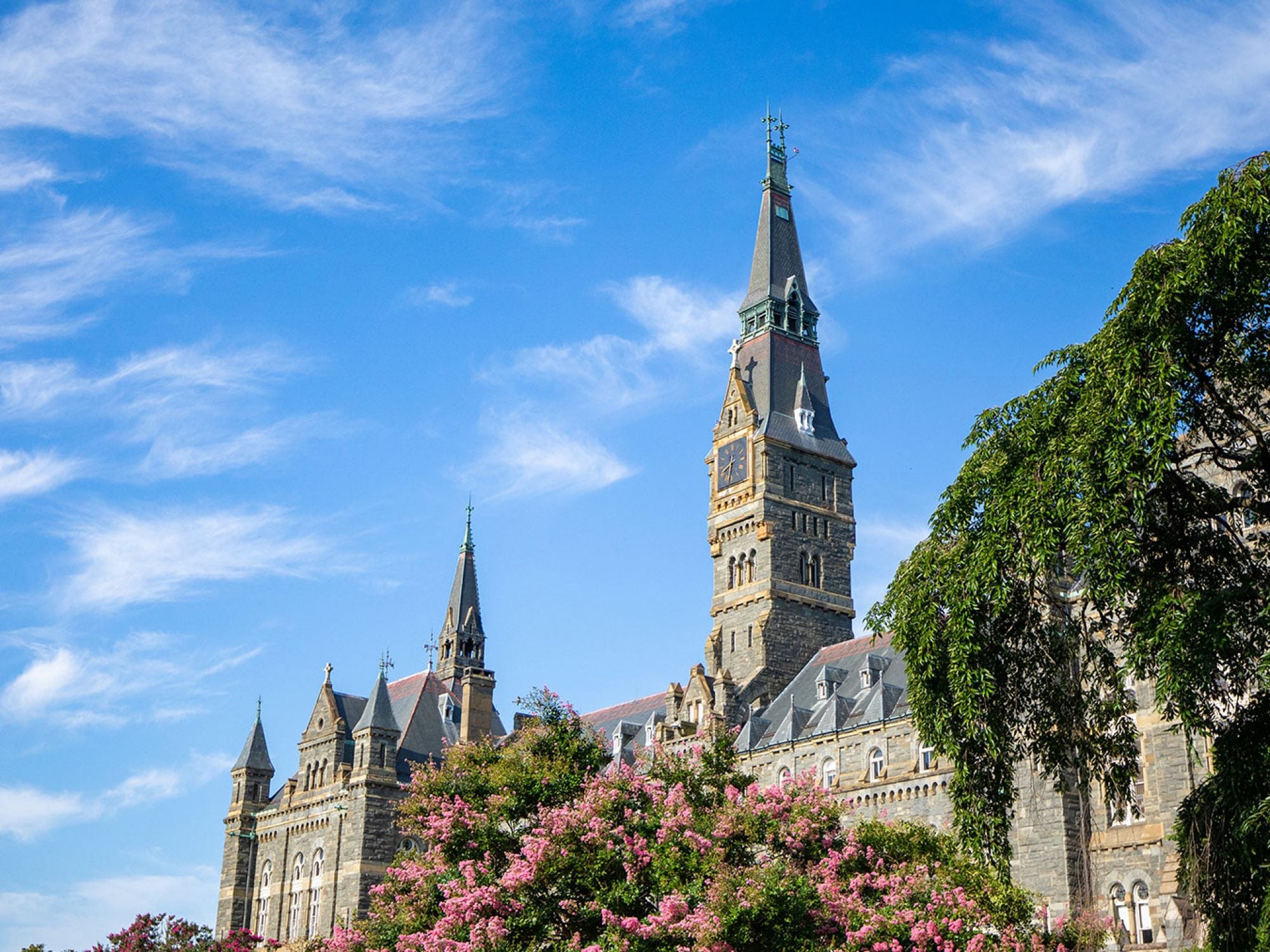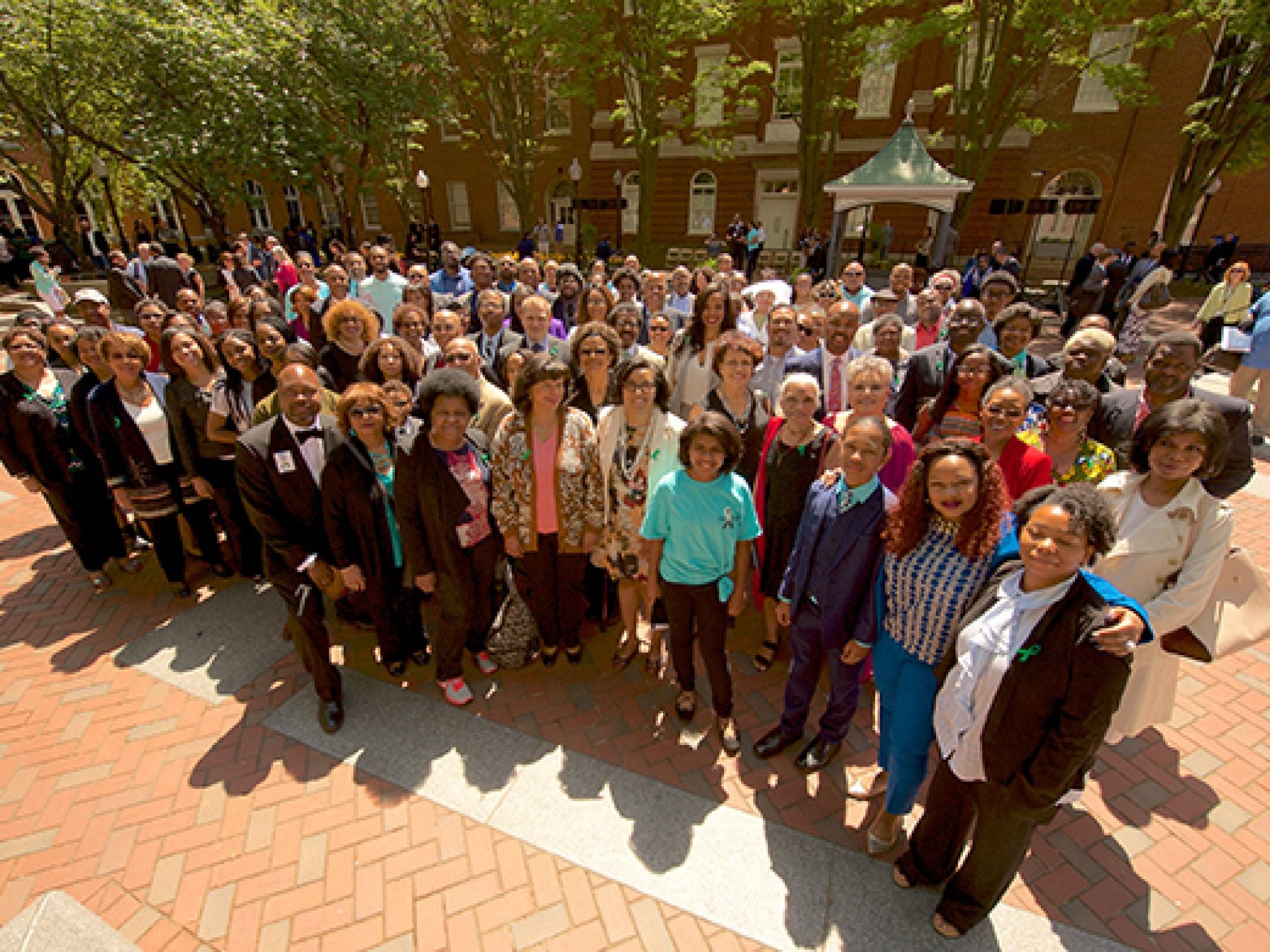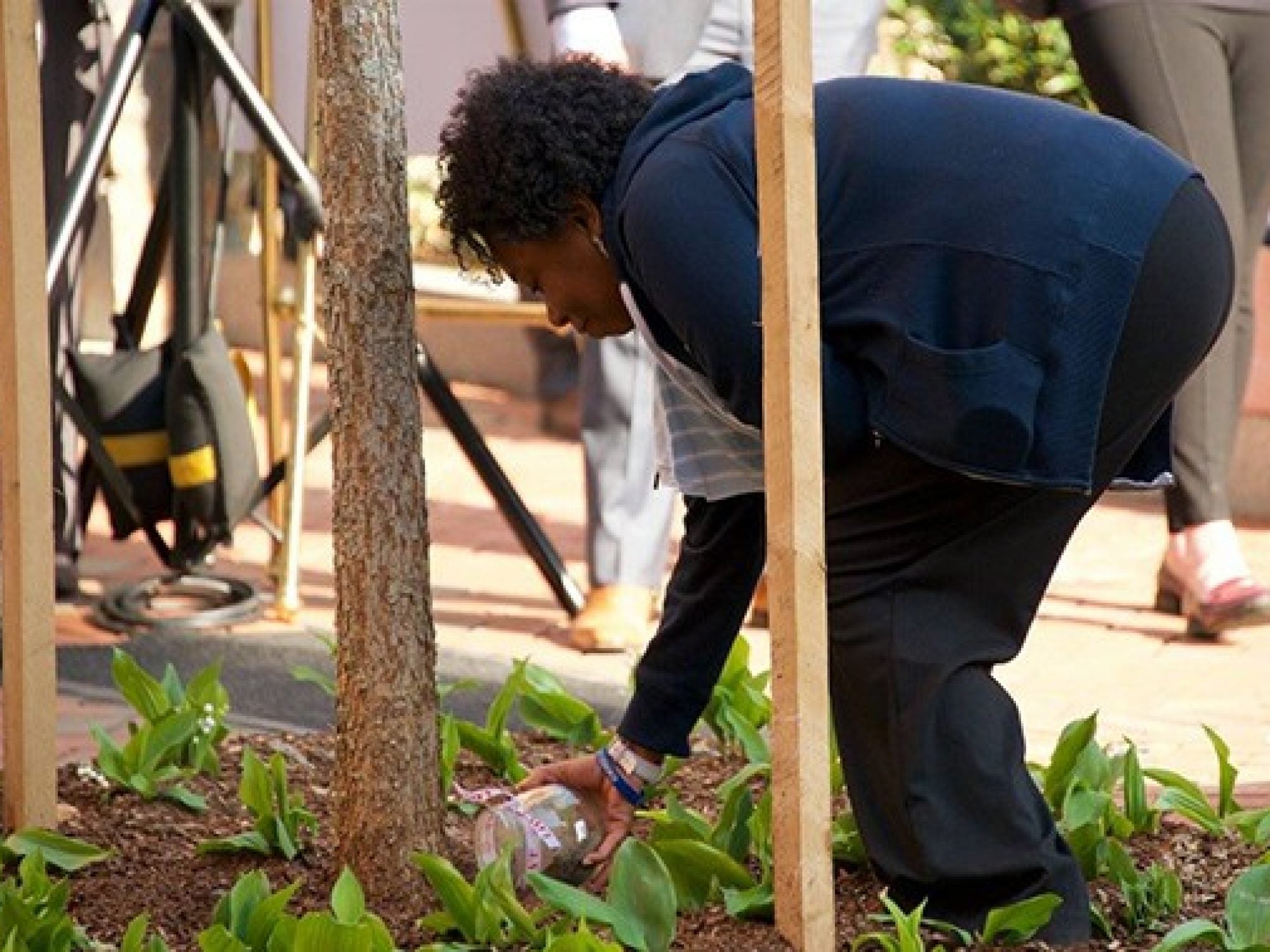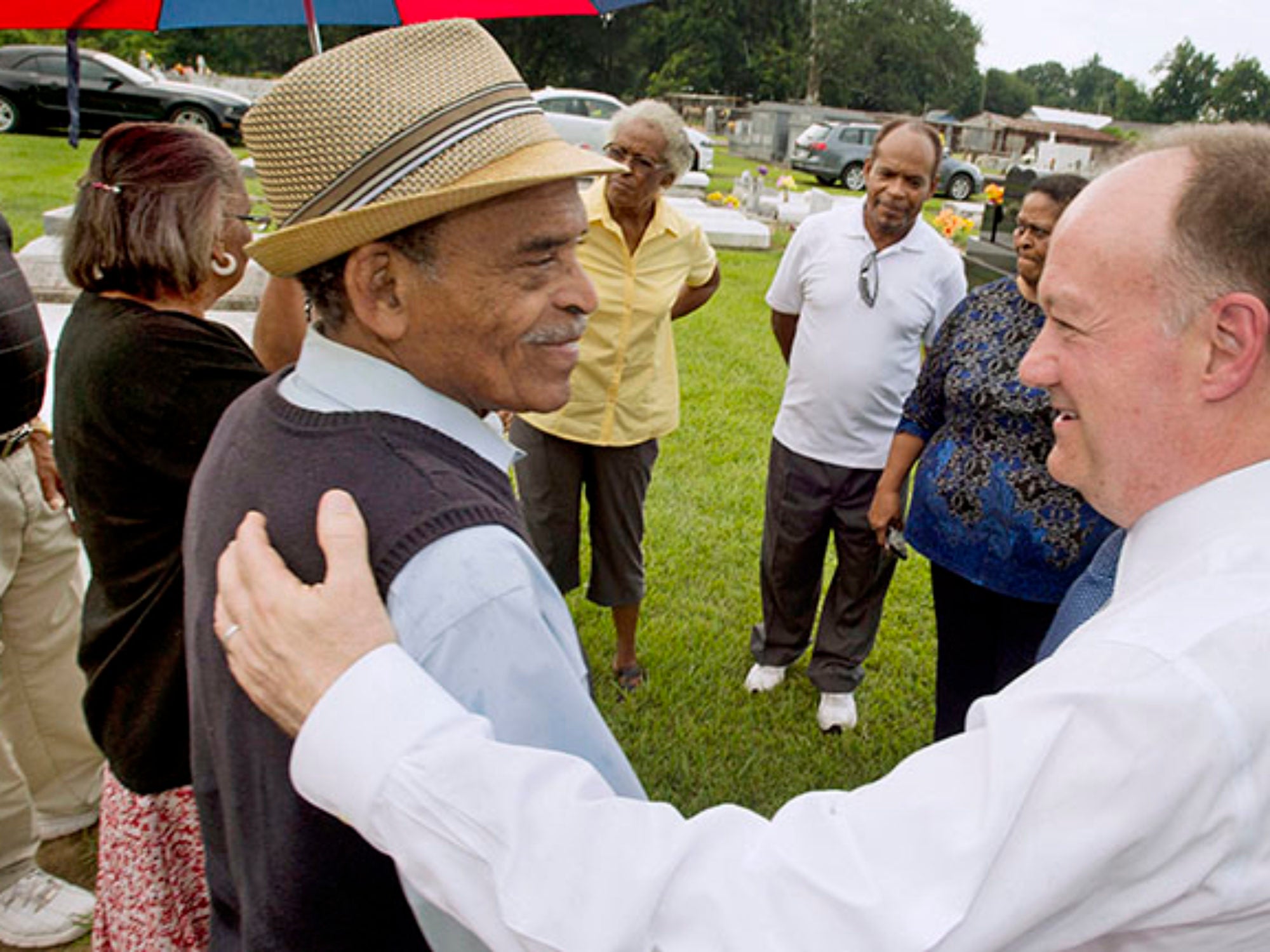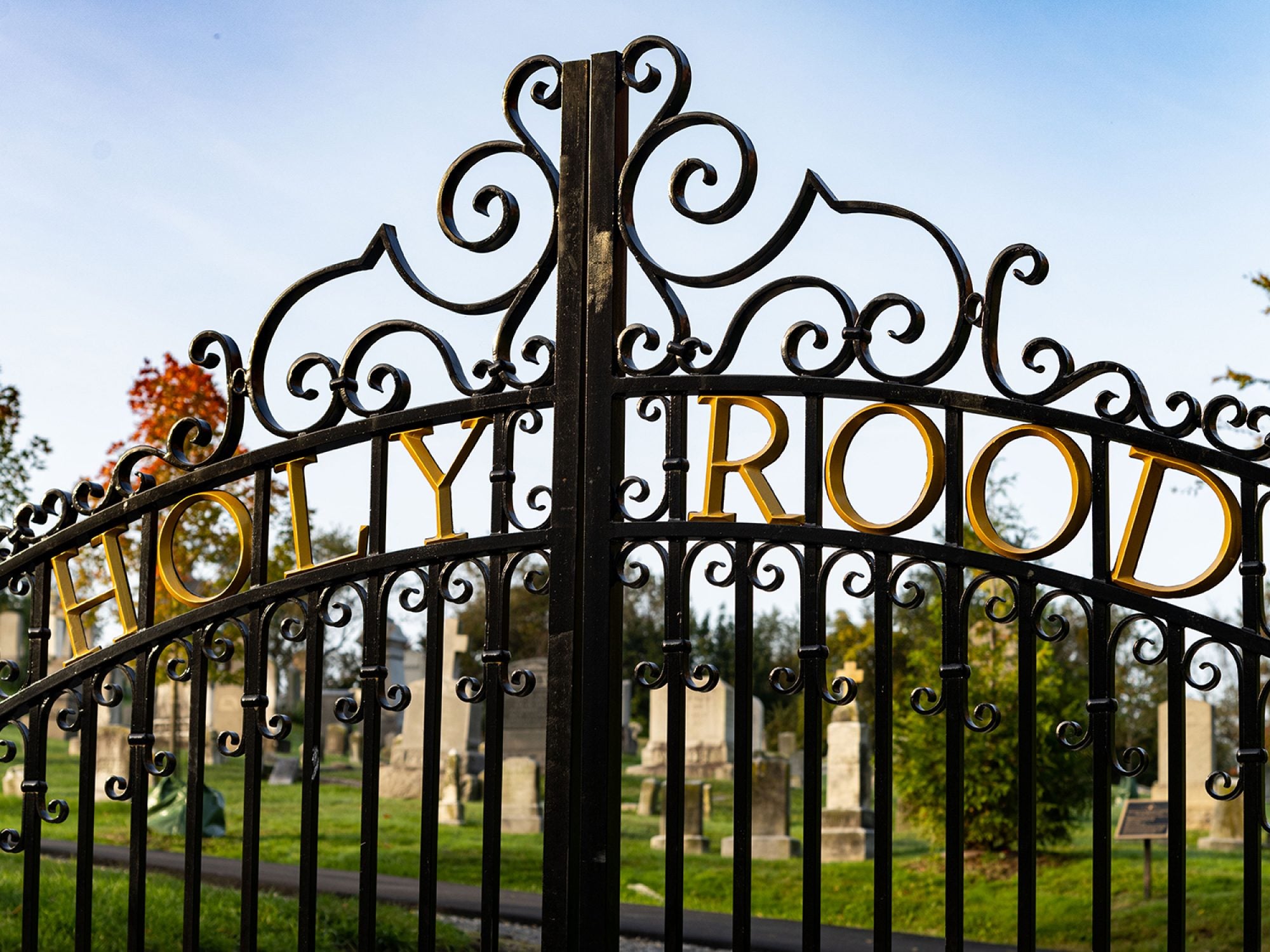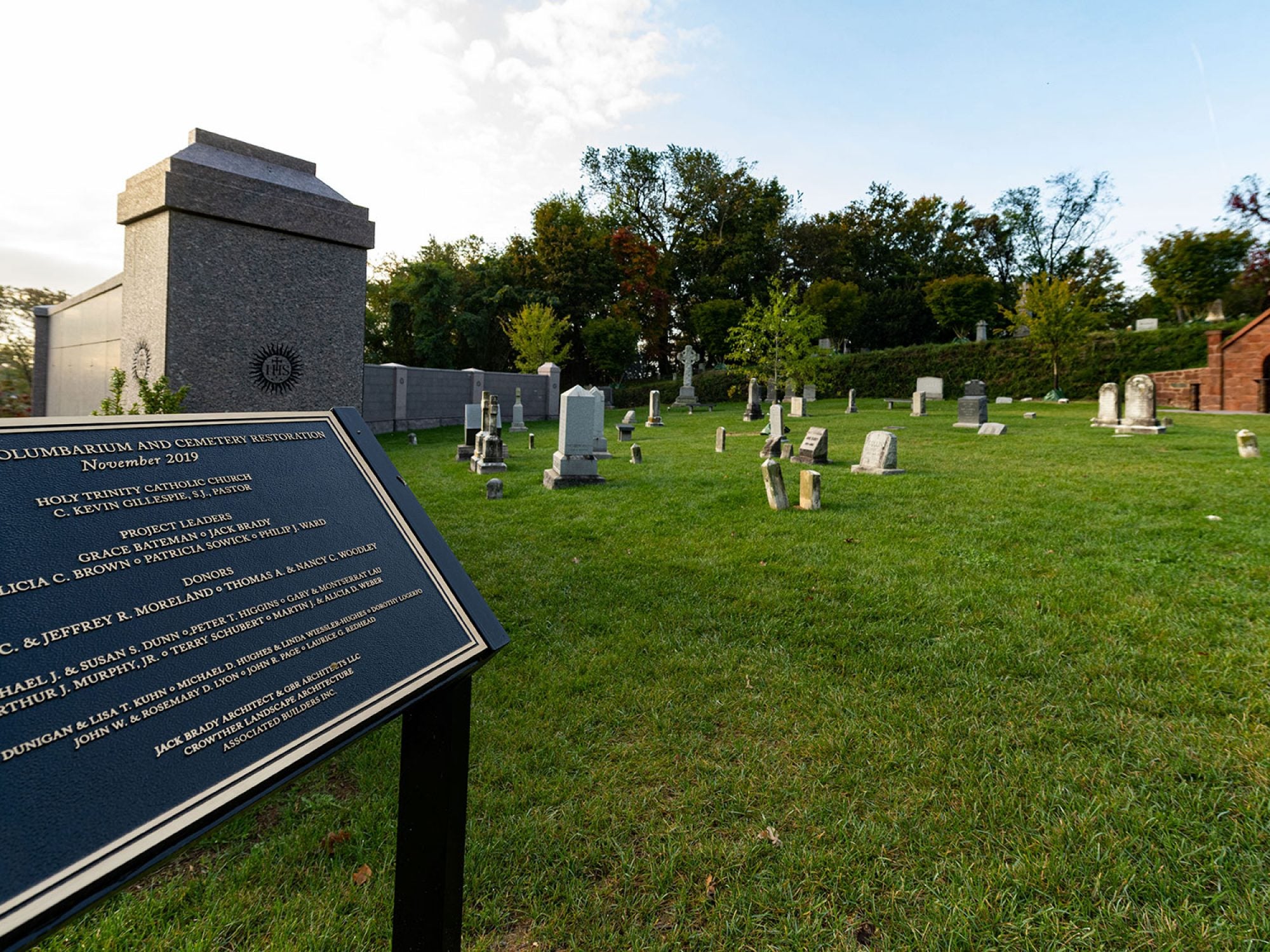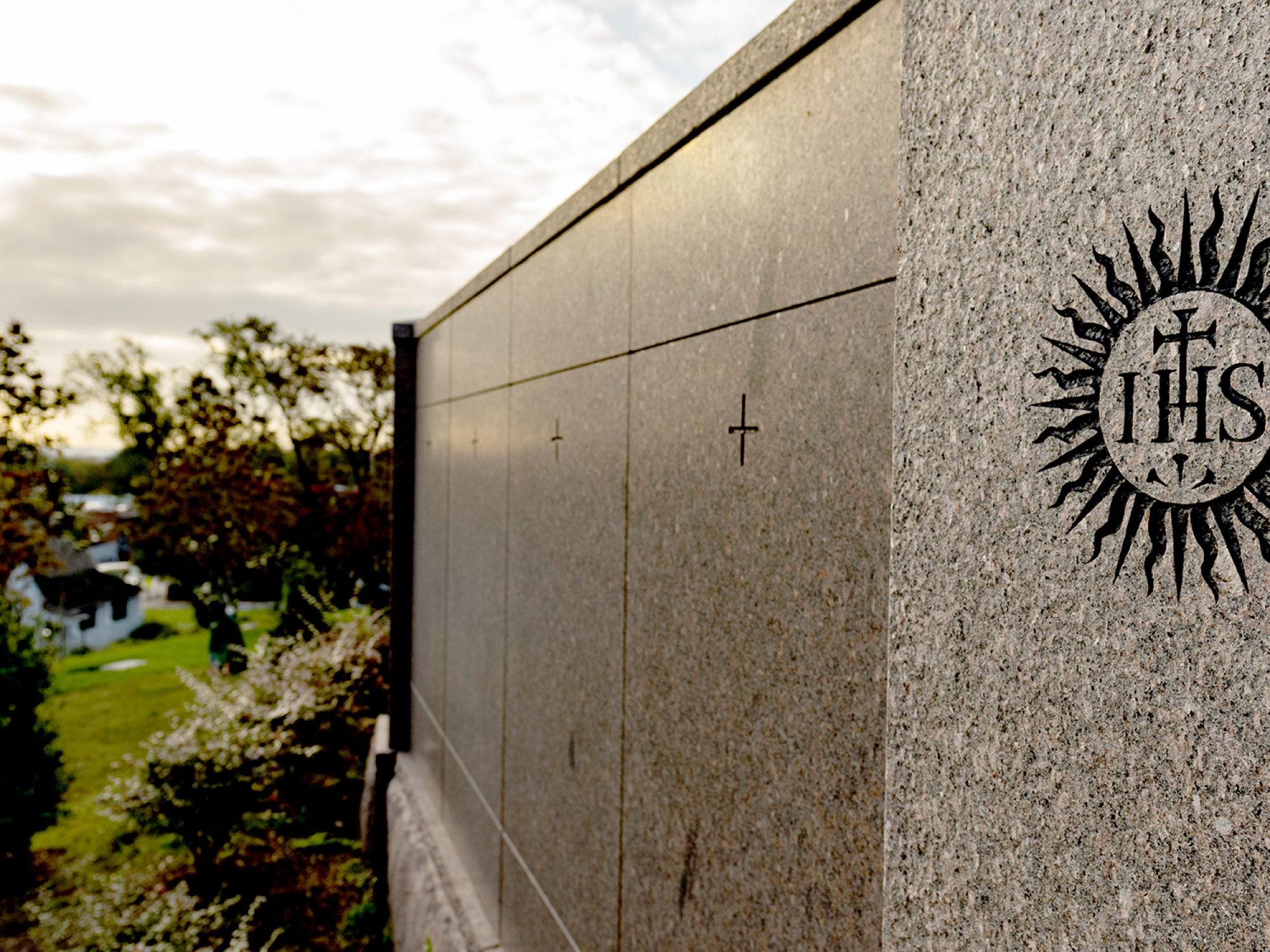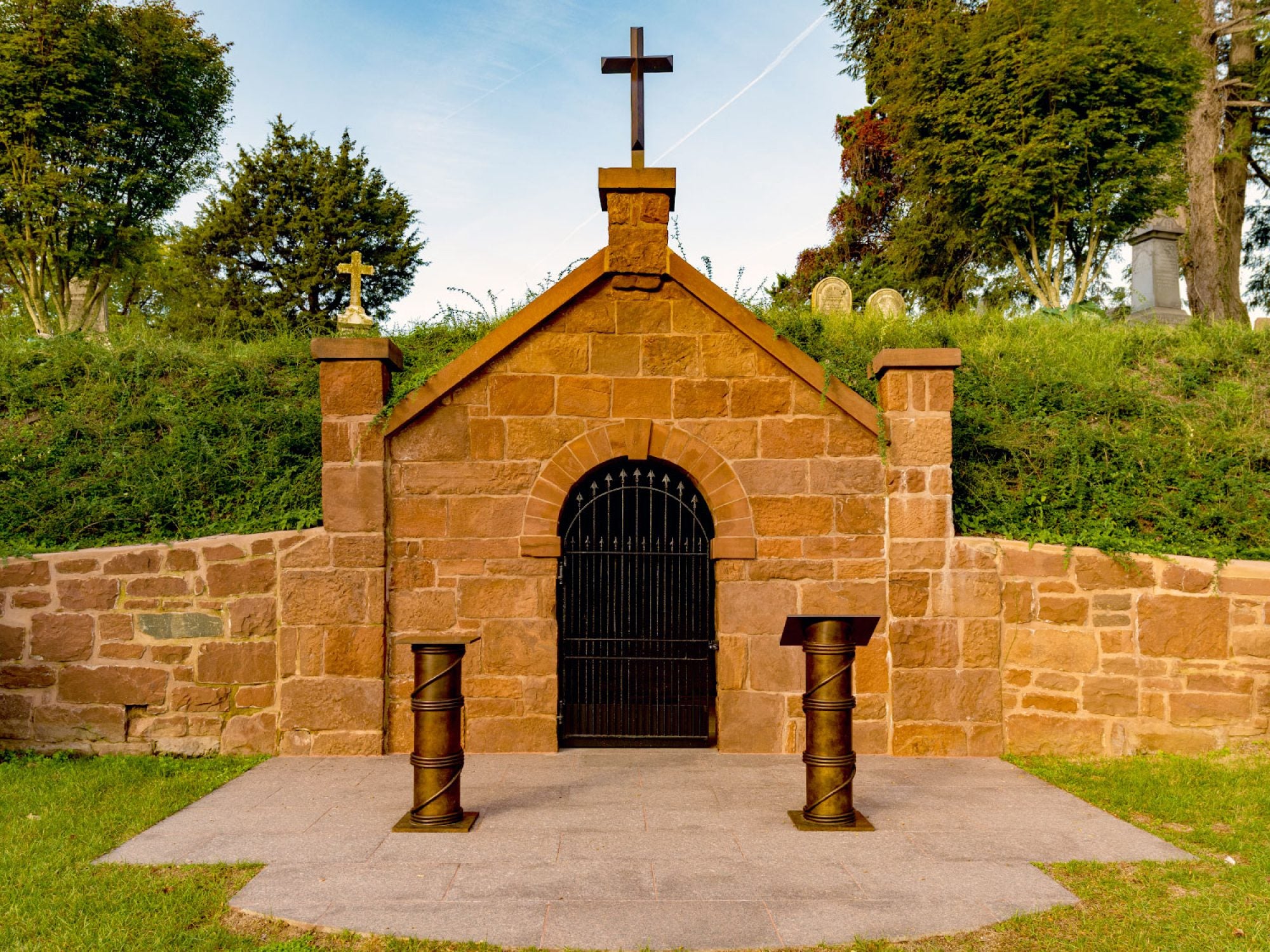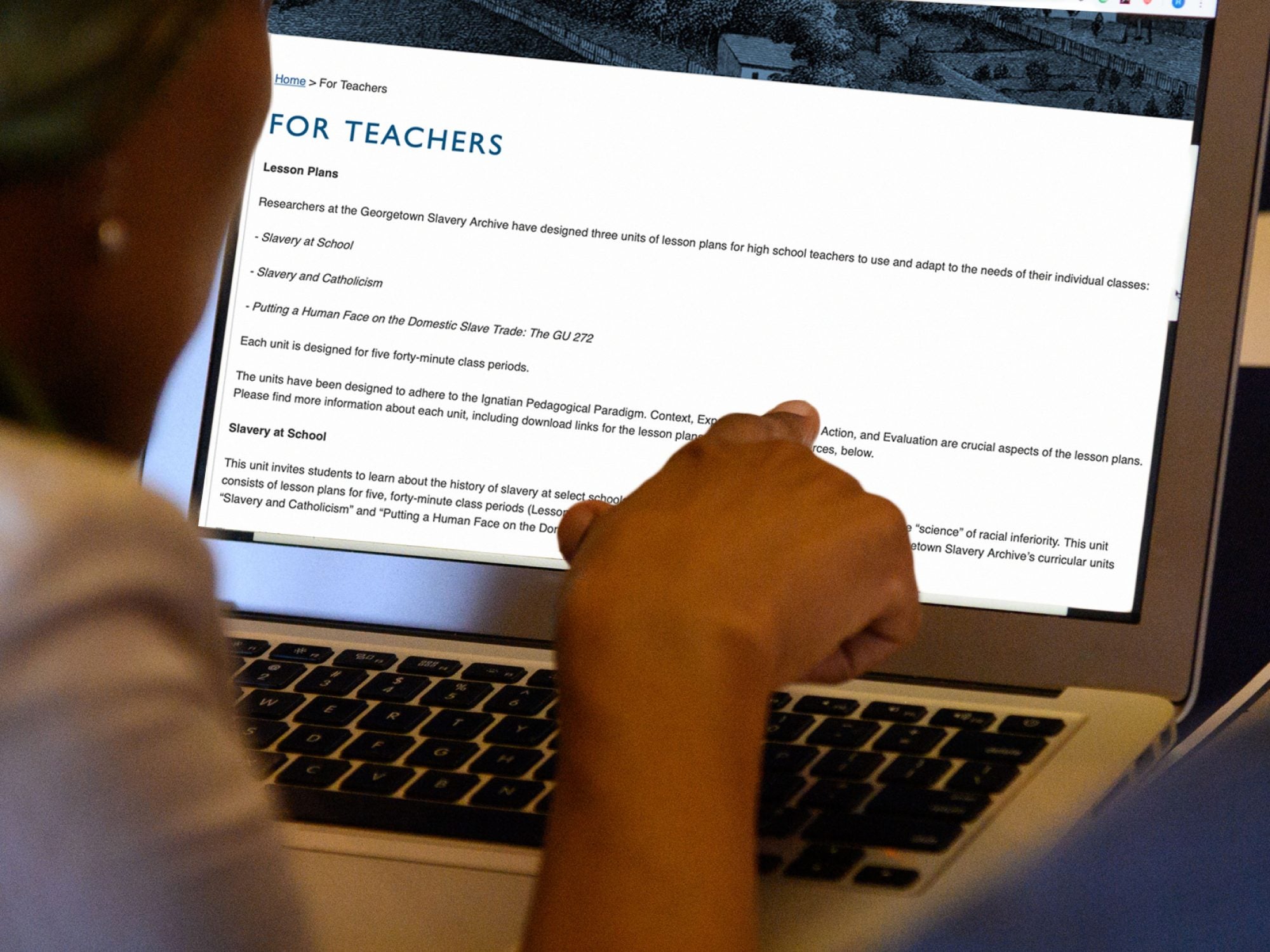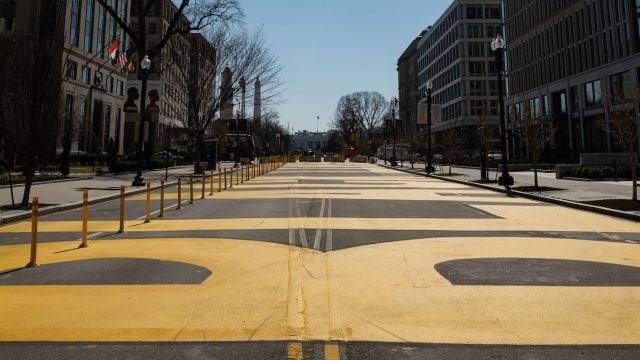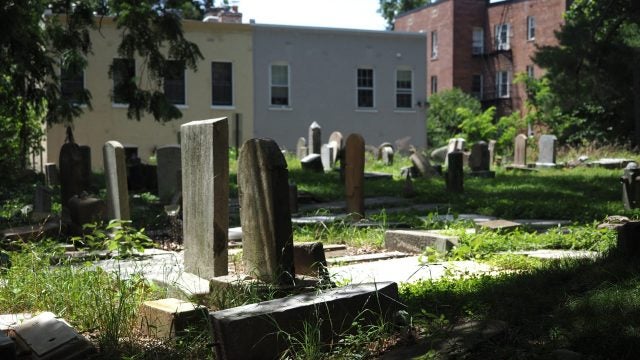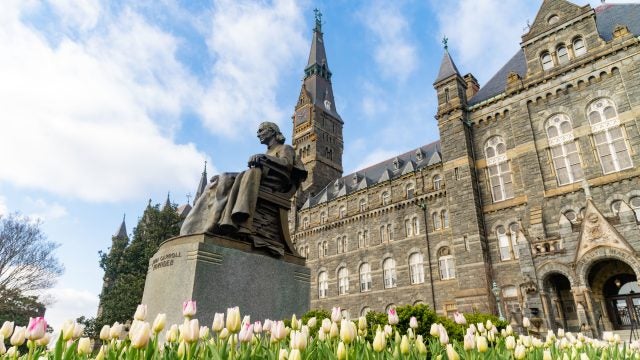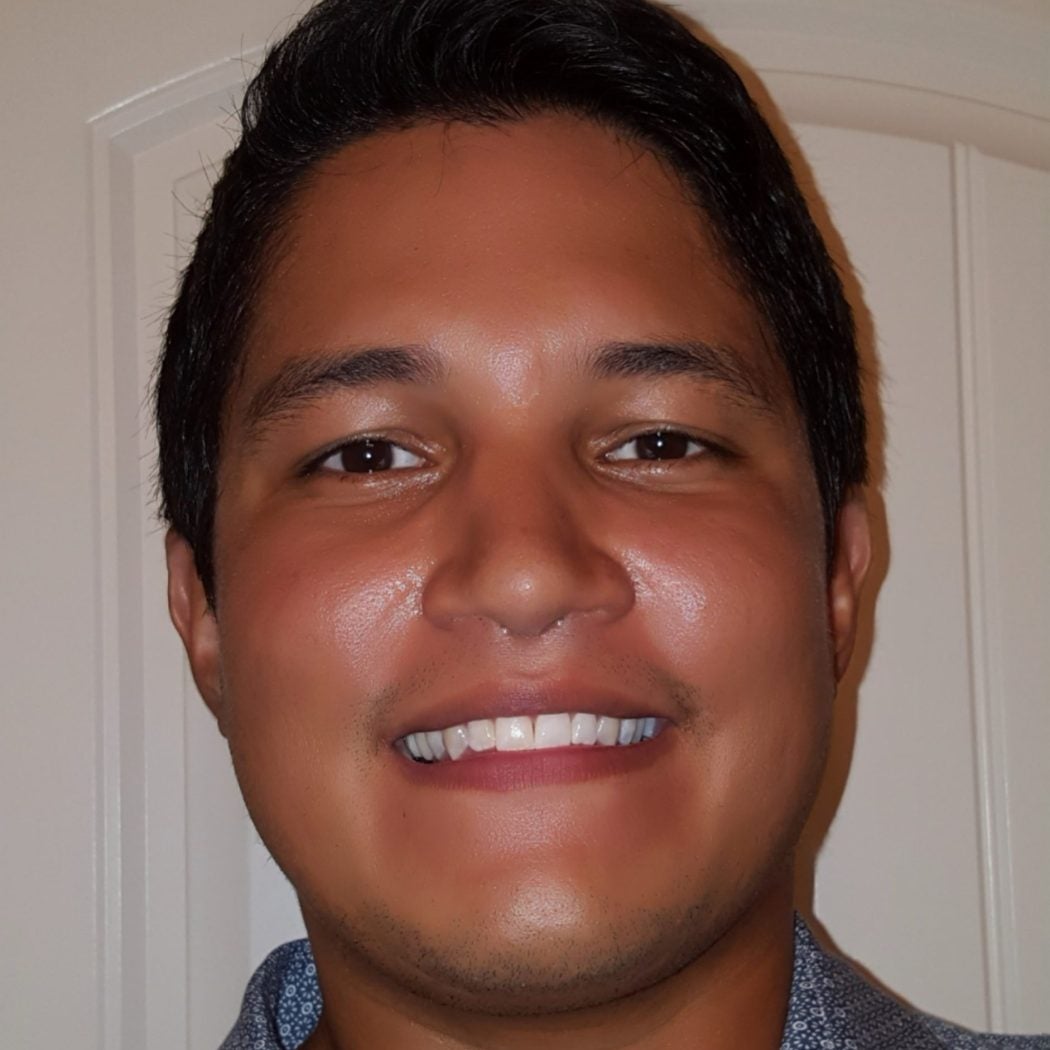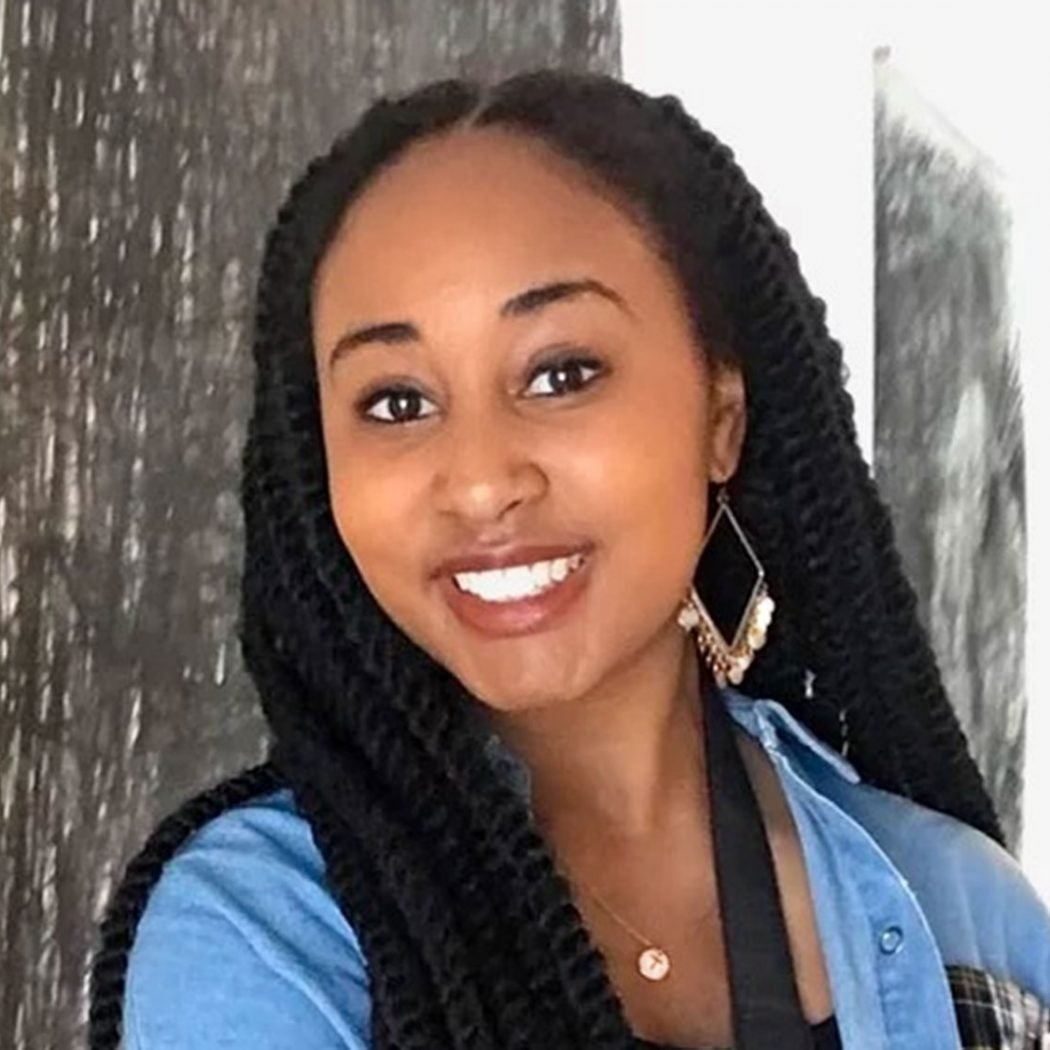Georgetown Reflects on Slavery, Memory, and Reconciliation
Georgetown is engaged in a long-term and ongoing process to more deeply understand and respond to the university’s role in the injustice of slavery and the legacies of enslavement and segregation in our nation. Through engagement with the members of the Descendant community, collaborative projects and new initiatives and learning and research, the university pursues a path of memorialization and reconciliation in our present day.
Quick Links
Reconciliation Fund
The Reconciliation Fund, inspired by a 2019 student referendum, awards $400,000 annually to community-based projects that have direct impact on Descendant communities whose ancestors were once enslaved on the Maryland Jesuit plantations. Fall 2022 Applications for the Reconciliation Fund are now being accepted.
Georgetown Forms 5-Year Partnership with the Southern University System
Georgetown has signed a memorandum of understanding with the Southern University System, the only historically Black university system in the U.S., to partner on interdisciplinary programming, research and training over the next five years.
Continuing the Support
With the ongoing support and active participation of Georgetown, the Jesuits and Descendants of the 272 enslaved individuals sold in 1838 by the Maryland Province of Jesuits establish a new charitable foundation focused on racial healing and educational advancement.
Slavery, Memory, & Reconciliation Focus Areas
Engaging Descendants
Public History and Memorialization
Major improvements to the historic cemetery that includes many unmarked graves for enslaved Black people as well as marked graves of free Black people, including family members of the pioneering DC educator Anne Marie Becraft, have now been completed by Georgetown and Holy Trinity Church.
